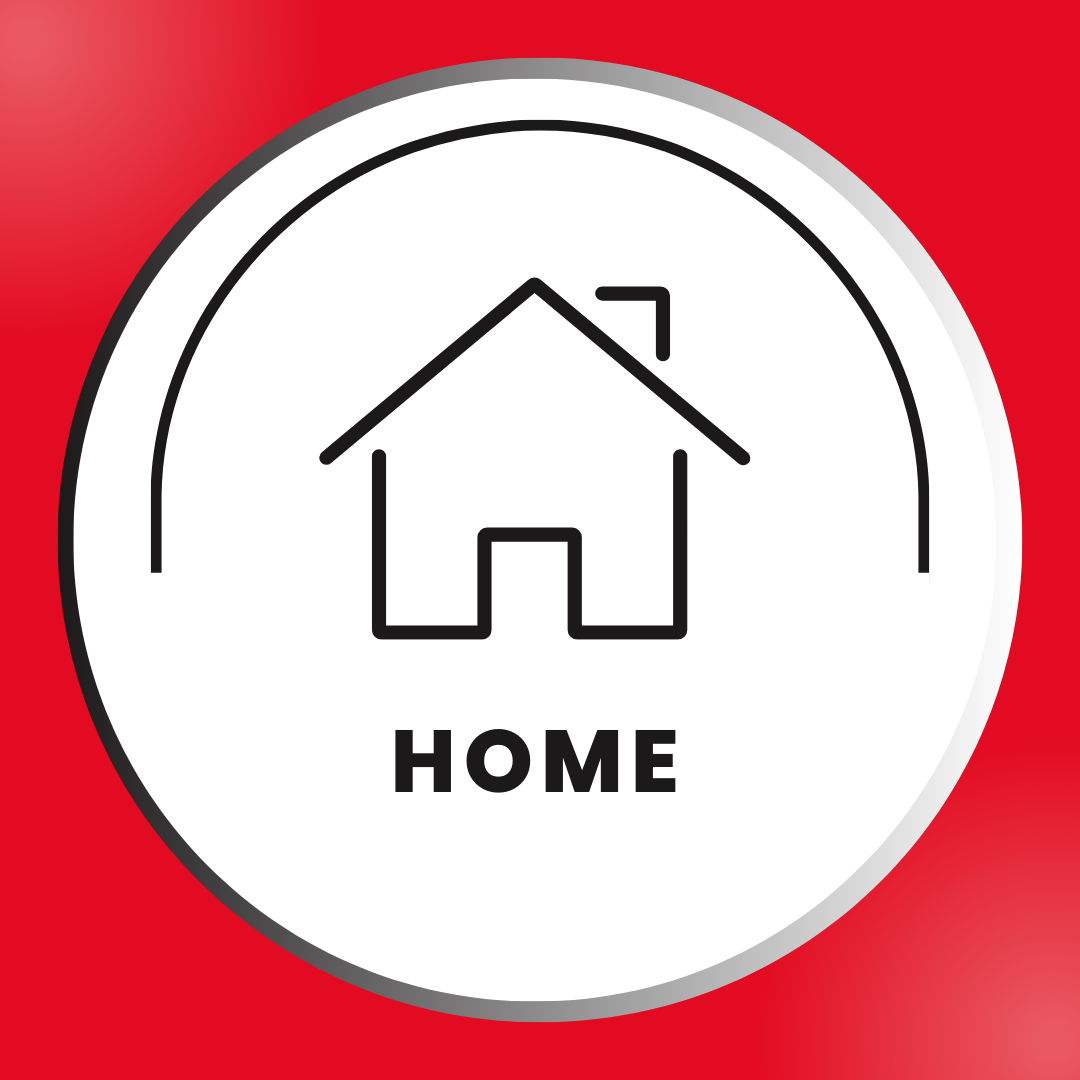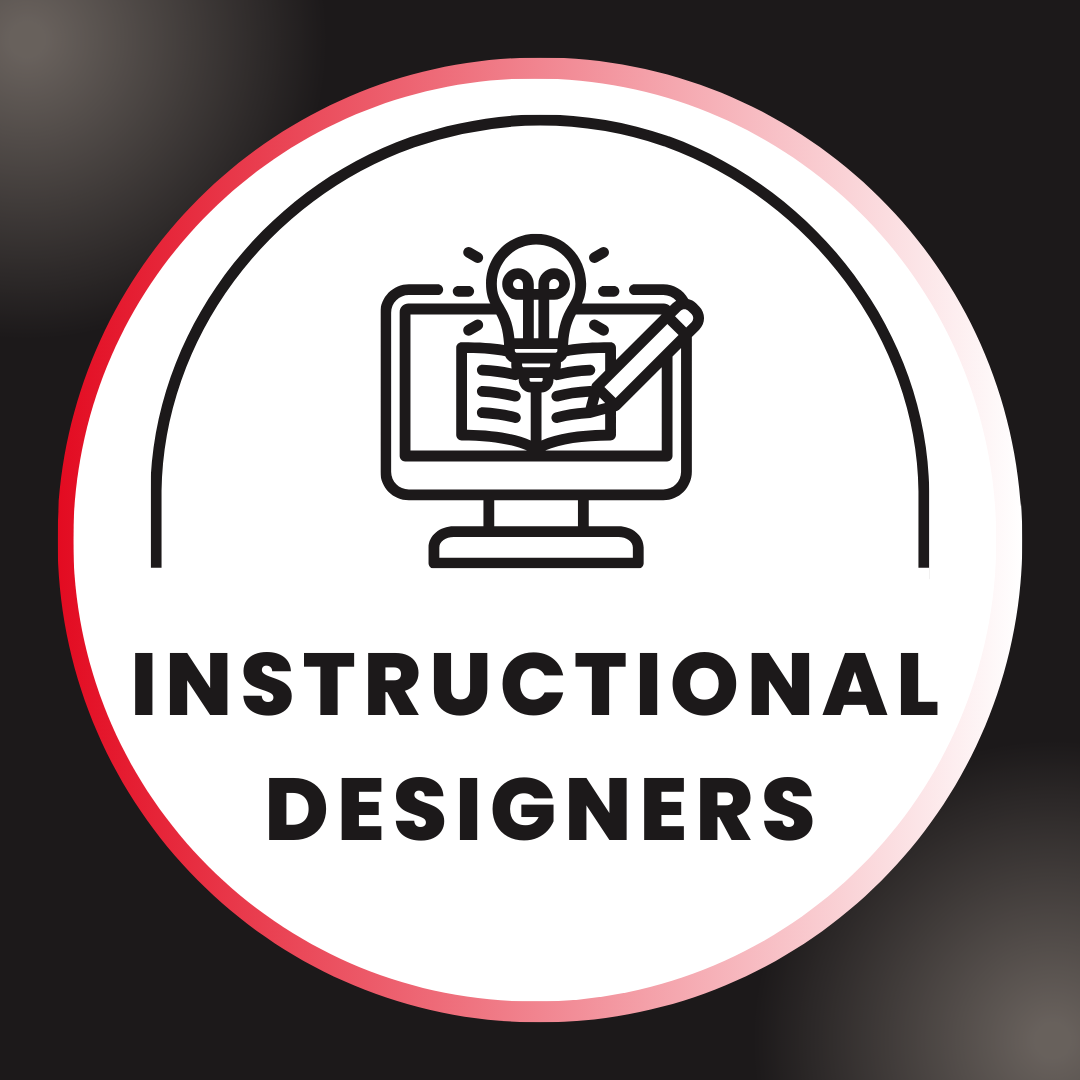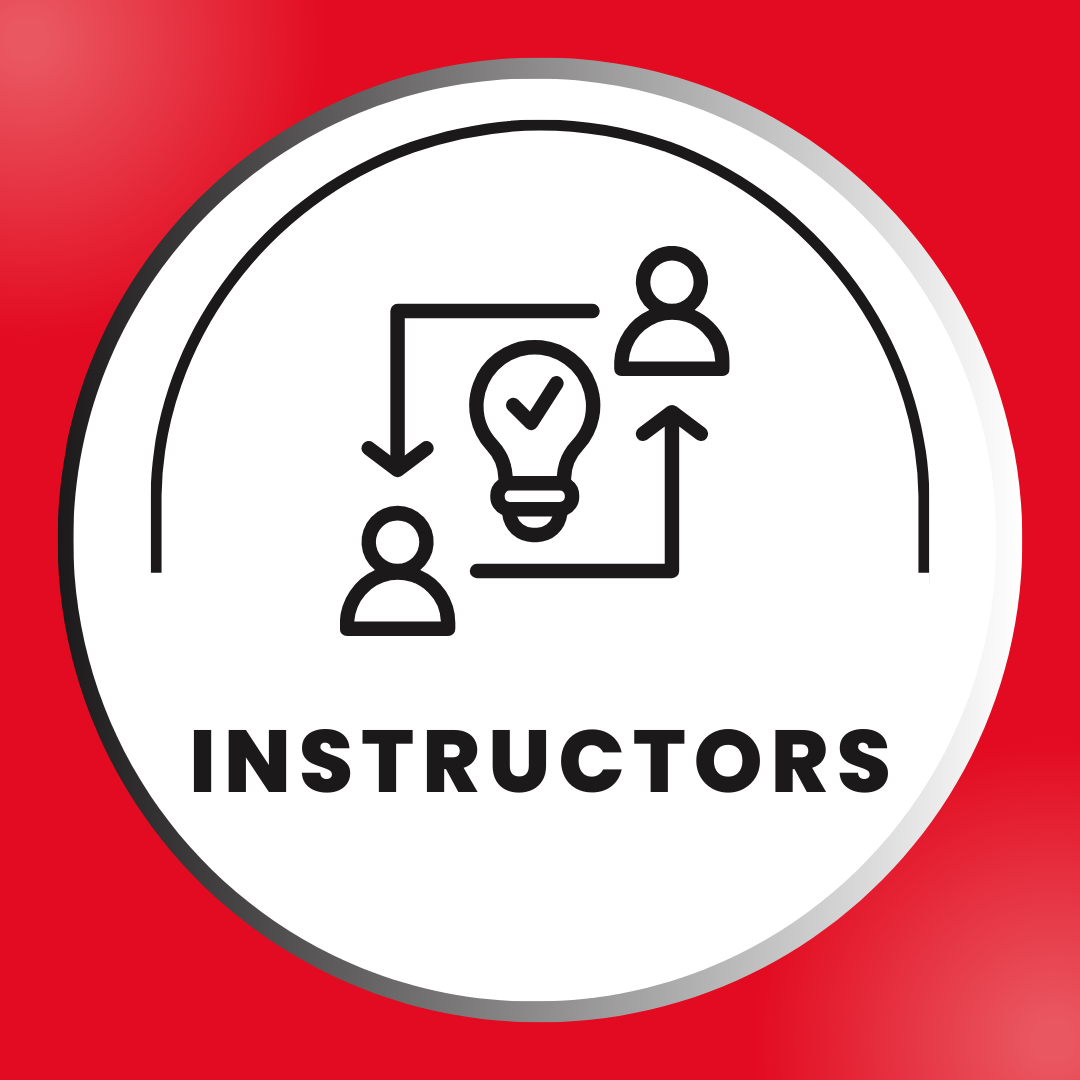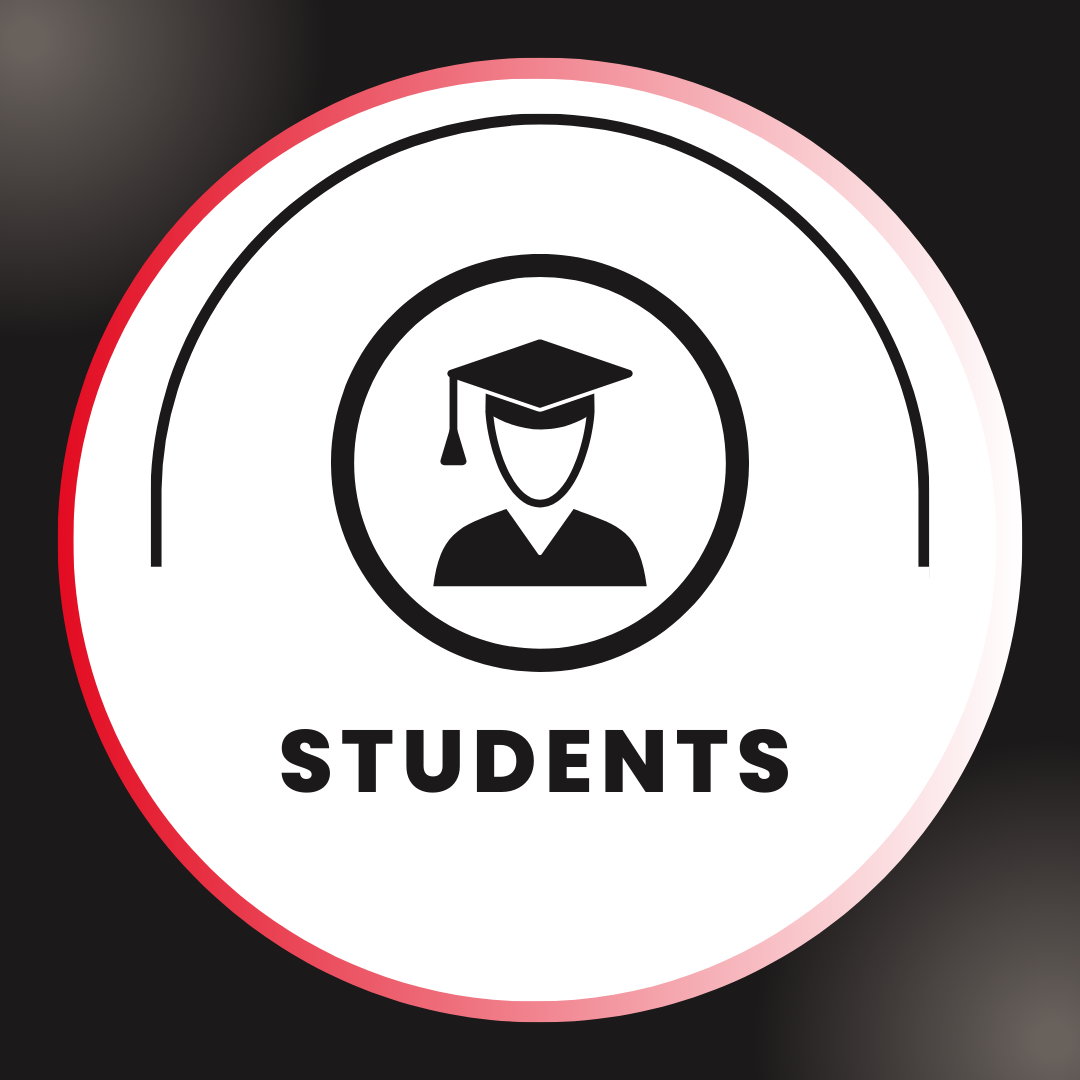Accessibility
Accessibility means that a student with a disability can access information as fully, equally, and independently as a person without a disability.
- Accessible design helps all students, not only those with accommodations.
- Start accessible designing before you receive a letter from a student needing accommodation!
Click the headings below to learn best practices on making your digital content accessible.
Need help? Contact your librarian!
Images & Shapes
All images and shapes should include alternative text. A screen reader cannot read images and shapes; instead, you must describe the image or shape.
Options:
- Alt Text: Lives on the “back end” of an image. It is what is read when a screen reader gets to an image.
- Captions: Underneath an image to describe the image.
- Surrounding text: In the text surrounding the image, you describe what the image is and its purpose.
- Decorative Images: Not necessary to understand the content of the page. They do not need alt text.

❌ Alt Text: Image
✔️ Alt Text: Passing lights on a curve. This demonstrates long exposure photography.
Colors
Provide contrast between text and background.

Audio & Video
Audio:
Transcript must be provided
Video:
- Include a transcript and/or closed captioning.
- Include non-verbal sounds (slams door)
- Include visual only (Sam leaves the room)
Captions should:
- Appear on screen long enough to be read
- Synchronized with words
- Limit to two lines, not to exceed 32 characters
- Proper punctuation
- Speakers should be identified
- Sound effects placed inside square brackets [music] or [door slams]
Links
Provide descriptive names for all links. This is helpful for learners using a screen reader.
❌ Click Here: https://www.depts.ttu.edu/library/
Headings
Built-in Style functions with pre-set Heading styles make a document or webpage much easier to access! Users with Screen Readers can use shortcuts that allow them to read only headings on a page. Labelling content with Headings is important (and easier for everyone to read!)
❌ Images & Shapes (bolded and larger font)
✔️ Images & Shapes (built in heading)
Changing the font or format of text does not make it a heading. Instead, find “Style
Editors” in Word, PowerPoint, Canvas, etc.
Location of Microsoft Office Headings:
Location of Canvas Headings:
Accessibility Checkers
Accessibility checkers help, but don’t catch everything! Use these options to identify
some issues.
Location of Accessibility Check in Microsoft Office:
Other Options:
Wave Web Accessibility Evaluation Tool
University Libraries
-
Address
2802 18th Street, Lubbock, TX 79409 -
Phone
(806)742-2265 -
Email
libraries.website@ttu.edu





